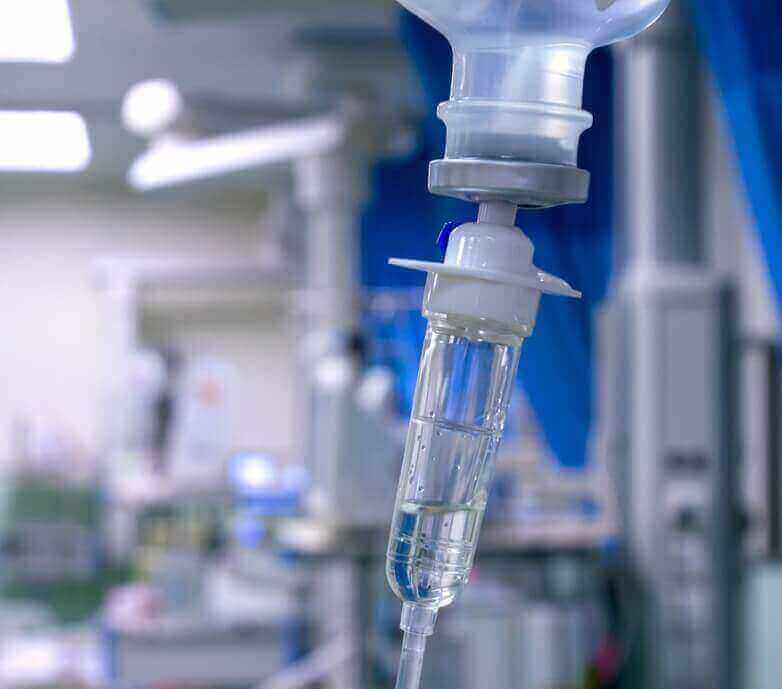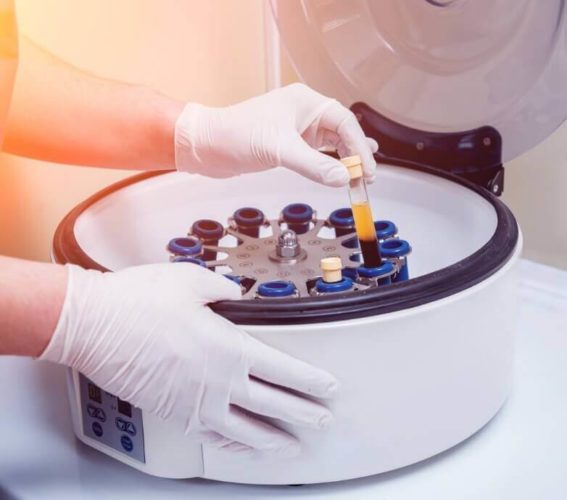An alternative source of stem cells
The increase in the use of allogeneic cord blood as an alternative source of stem cells for cell-based therapy of malignant and non-malignant diseases is occurring worldwide. Especially in the past few years, it has proven great potential in regenerative medicine because it possesses many advantages in contrast to other sources of human stem cells like bone marrow.
Umbilical based cord blood is easily available with low potential for graft-versus-host disease and tumorigenicity as well as infectious complications. Therefore, only blood type must be matched in normal blood transfusions, and no immunosuppression is required.
Moreover, umbilical based cord blood is rich in diverse types of stem cells, mainly blood-forming stem cells, also known as “hematopoietic” stem cells or (HSC), as well as mesenchymal stem cells (MSC). Cord blood cells release high amounts of regenerative proteins that signal the body to heal itself (paracrine effect).


In the United States, umbilical based cord blood cells have been used in clinical trials for adults with stroke, and more trials are planned for demyelinating diseases like multiple sclerosis, as well as autism and metabolic diseases like diabetes. In China, cord blood stem cells are being administered in a trial for spinal cord injury. (1-4)


Unfortunately, adult stem cells are limited in their ability to differentiate based on their tissue of origin. None of these typical sources have the same regenerative properties of umbilical cord blood-based regenerative cells. However, therapeutic cells and proteins that are supposed to support the formation of new neuronal connections are contained in the umbilical cord blood.
Find Out If You’re a Candidate for CBC Health’s Ischemic Stroke Treatment
If you or a loved one recently suffered a stroke, the sooner you receive treatment the better. To learn more about CBC Health’s Ischemic Stroke Treatment, please call +1 855 426 4623 or visit our Request More Information Page.
References:
1 Kurtzberg J. 2014; Presentation at ISCT meeting; https://parentsguidecordblood.org/en/faqs/how-are-cord-blood-stem-cells-different-other-sources-stem-cells.
2 Reddi AS1, Kuppasani K, Ende N.; Human umbilical cord blood as an emerging stem cell therapy for diabetes mellitus. Curr Stem Cell Res Ther. 2010 Dec;5(4):356-61.
3 Sun JM, Grant GA, McLaughlin C, Allison J, Fitzgerald A, Waters-Pick B, Kurtzberg J.; Repeated autologous umbilical cord blood infusions are feasible and had no acute safety issues in young babies with congenital hydrocephalus. Pediatr Res. 2015 Dec;78(6):712-6.
4 Park SJ, et al.; Tumorigenicity Evaluation of Umbilical Cord Blood derived Mesenchymal Stem Cells. Toxicol Res. 2016 Jul;32(3):251-8.



